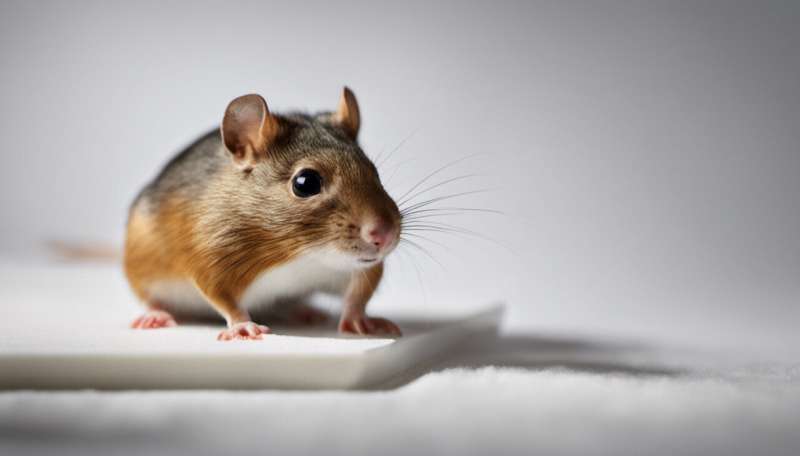Rodents considered for burst ear drum treatments

Scientists need a more effective animal model in which to create ear drum perforations to help find new ways to treat the condition in humans.
University of Western Australia researchers, including Dr Allen Wang, reviewed existing literature on current techniques to create Chronic Tympanic Perforations (TMPs) in animal models.
"We looked at historical and current techniques to discover the best animal model we can use in a laboratory setting that will replicate this condition in patients," Dr Wang says.
"With an effective animal model, we will be able to develop new graft material and treatments and evaluate the safety and risk for their application."
The researchers examined literature on TMPs in animal models in the PubMed database from 1950 to 2014 and identified 37 studies but found some of these techniques were unreliable.
"Many observed the animal for less than eight weeks or did not report original numbers of animal initially tested so it is difficult to gauge their efficacy overall," Dr Wang says.
"Although some techniques seem promising, we concluded that the current available animal model techniques have limitations and that the experimental design needs to be more standardised to enable more accurate outcomes."
Chinchillas were the most commonly used type of animal in the various studies, followed by rats and guinea pigs.
However, chinchillas do not exist in Australia, and mice have very small ear canals, but rats and guinea pigs seem to be good options for use in laboratory experiments.
Rats, guinea pigs used for evaluating risk
The research on the animals would aid in developing treatments and evaluating the risk of applying these treatments in humans, in whom trauma and infection are the most common factors that cause TMPs.
In ninety per cent of the human population, when the ear is perforated, it will heal on its own within 10 days.
But in the remaining 10 per cent, the TMPs may fail to heal for more than three months, becoming chronic so surgical repair is often necessary.
Currently, grafts for ear drum perforations are cut from the patients' muscle fascia.
Dr Wang is embarking on research to test novel materials, such as silk, for grafts to use instead of the patients' own body.
"If we can use a material such as silk, the repair can potentially be applied at outpatient setting while patients can remain conscious," Dr Wang says.
"This will reduce the need for both invasive cutting and general anaesthetic."
More information: "Animal models of chronic tympanic membrane perforation: A 'time-out' to review evidence and standardize design." DOI: dx.doi.org/10.1016/j.ijporl.2014.10.007















